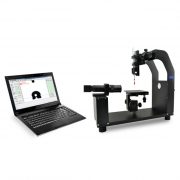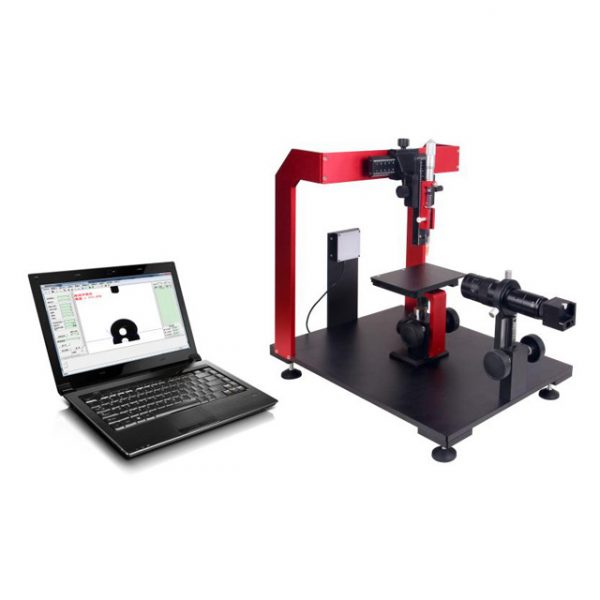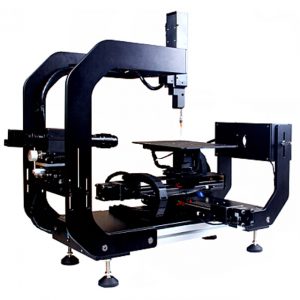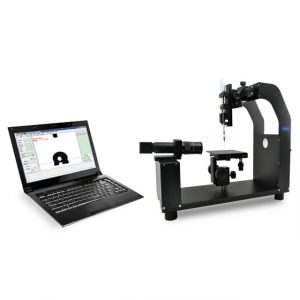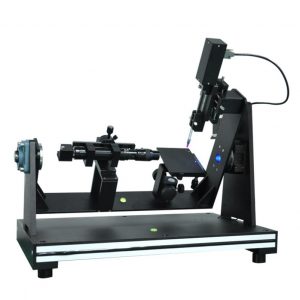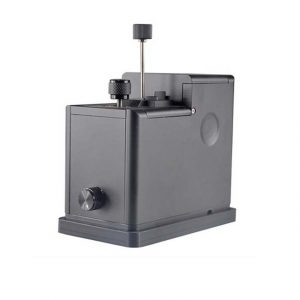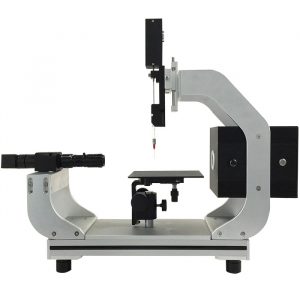- Description
- Inquiry
LS-1001 Optical Contact Angle Tester
Summary
Contact Angle is the tangent line of the gas-liquid interface at the intersection point of gas, liquid and solid. This tangent line has an Angle between the liquid and the solid-liquid boundary. The measurement of contact Angle is the main method for surface performance detection nowadays.
SDC-80 basic contact Angle measuring instrument adopts the principle of optical imaging to measure the surface contact Angle, wettability, surface energy and other properties of the sample by means of image profile analysis. The equipment has high cost performance, comprehensive functions and can meet the requirements of conventional sample surface wettability measurement.
LS-1001 Optical Contact Angle Tester
Application
Contact Angle measuring instrument is widely used in various industries, in the mobile phone manufacturing, glass manufacturing, surface treatment, material research, chemical and chemical industry, semiconductor manufacturing, paint and ink, electronic circuits, textile fiber, medical biological and other fields, contact Angle measurement has become an important instrument to evaluate the surface performance.
- Wetting behaviors of liquid on solid surface, such as spreading, infiltration and absorption, etc., static contact Angle was measured by droplet method;
- Measurement of forward Angle, backward Angle, contact Angle lag, rolling Angle and dynamic contact Angle of materials on solid surface;
- Continuous real-time research and process recording of absorption materials, and curve analysis of contact Angle changes with time;
- Measurement of contact Angle of various special materials, such as powder, curved surface, superhydrophobic/superhydrophilic samples;
- Test the contact Angle of the material immersed in the liquid by adhesive drop method;
- Measurement of interfacial tension, polarity and dispersion components of various liquid surface by droplet method;
- Calculate the Surface free energy and analyze its polar dispersion component;
- Analyze the adherent work of liquid on solid surface to evaluate the uniformity and cleanliness of solid surface.

